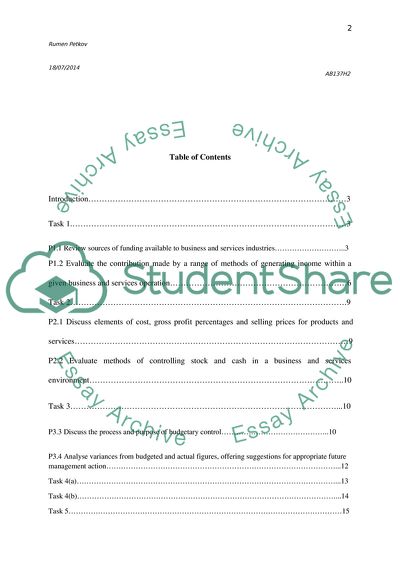Cite this document
(Finance in the Hospitality Industry Term Paper Example | Topics and Well Written Essays - 3000 words, n.d.)
Finance in the Hospitality Industry Term Paper Example | Topics and Well Written Essays - 3000 words. Retrieved from https://studentshare.org/finance-accounting/1834139-finance-in-the-hospitality-industry-unit-2
Finance in the Hospitality Industry Term Paper Example | Topics and Well Written Essays - 3000 words. Retrieved from https://studentshare.org/finance-accounting/1834139-finance-in-the-hospitality-industry-unit-2
(Finance in the Hospitality Industry Term Paper Example | Topics and Well Written Essays - 3000 Words)
Finance in the Hospitality Industry Term Paper Example | Topics and Well Written Essays - 3000 Words. https://studentshare.org/finance-accounting/1834139-finance-in-the-hospitality-industry-unit-2.
Finance in the Hospitality Industry Term Paper Example | Topics and Well Written Essays - 3000 Words. https://studentshare.org/finance-accounting/1834139-finance-in-the-hospitality-industry-unit-2.
“Finance in the Hospitality Industry Term Paper Example | Topics and Well Written Essays - 3000 Words”, n.d. https://studentshare.org/finance-accounting/1834139-finance-in-the-hospitality-industry-unit-2.


